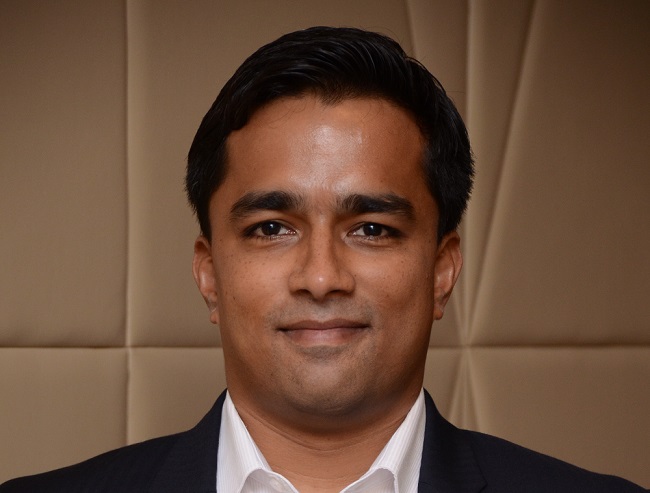CIOs in SEA must balance high expectations with moderate budget increases: Gartner
By Digital News Asia March 27, 2017
- IT spending would grow 2.2% y-o-y in 2017, which is lower than the APAC average
- Revenue was expected to grow 11.5%, which is higher than the average for top performers globally

CIOs in Southeast Asia (SEA) – including Malaysia, Vietnam, Singapore, Thailand, the Philippines, Indonesia and Myanmar – are expected to perform like global leaders, but within the constraints of moderate increases in IT spending, according to Gartner, Inc.
Gartner’s annual global survey of CIOs found that SEA CIOs face a challenging environment in 2017 because of a significant increase in organisational revenue expectations and an overall lack of skills in all areas.
“CIOs in the SEA region reported that their IT spending would grow 2.2% year-over-year in 2017, which is lower than the Asia/Pacific average, but similar to the global average,” said Gartner principal research analyst Siddharth Deshpande (pic).
“However, SEA organisations have very high expectations of revenue growth. On average, SEA CIOs reported their company or business unit's revenue was expected to grow at 11.5%, which is higher than the average for top performers globally. This is a telling commentary on the expectations that CEOs and business leaders have for their technology leaders.”
The 2017, Gartner CIO Survey gathered data from 2,598 CIO respondents in 93 countries and all major industries, representing approximately US$9.4 trillion in revenue and public-sector budgets, and US$292 billion in IT spending. Eighty-six CIOs in the SEA region responded to the 2017 Gartner CIO Survey.
While SEA CIOs report increased revenue expectations, they still lag slightly behind top performers in terms of the percentage of the IT budget that is anticipated to be spent on digitalisation.
On average, top performers globally spent 33% of their IT budget on digitalisation in 2016, compared to 26% for SEA CIOs. These percentages are expected to rise to 43% and 38%, respectively, by 2018.
“In order to achieve business expectations, CIOs need to increase their spending on digitalisation as a proportion of IT spending. While increasing discrete IT spending does not automatically correlate to more revenue growth, increasing spending on digitalisation certainly has a direct correlation with increased revenue for the business,” said Deshpande.
“Gartner recommends that SEA CIOs increase the proportion of their IT budget spent on digitalisation to at least 40%, to align with global digital leaders.”
Business priorities are evolving to support a shift toward more IT spending on digital initiatives. Digitalisation is the most commonly cited top strategic business priority for SEA CIOs, with increased growth/market share and technology initiatives/improvements being the second and third most important. These top three responses from SEA CIOs are broadly aligned with global top performers.
However, there are some critical differences in the areas of innovation, research and development (R&D), and new products/services. Twenty percent of global top performers identified innovation, R&D and new products/services as one of their top-three strategic priorities, while just 7% of SEA CIOs did the same.
“It’s just not possible to increase revenue through digital business without focusing on R&D, innovation, and new products and services,” said Deshpande.
“The costs of investing in R&D can be offset by leveraging ecosystems that bring in revenue from new types of channels and partners. Any R&D activities undertaken by SEA CIOs should be focused on building or leveraging platforms associated with digital ecosystems.”
Business intelligence (BI)/analytics, and infrastructure and data centre were the top two areas for discretionary spending in 2016, with digitalisation/digital marketing and cloud services/ solutions tied for third place.
Infrastructure and data centre spending serves more to strengthen core technology capabilities rather than drive digital business innovation, while cloud services represent the reverse.
As regulatory attitudes toward cloud services ease and more localized cloud services options emerge, Gartner expects SEA CIOs to shift some infrastructure and data centre spending toward public cloud services.
In terms of specific digital technologies that CIOs expect to have the most potential to transform their organisations over the next five years, the top three were advanced analytics, Internet of Things (IoT) and digital security.
CIOs have a real opportunity to treat digital risk and security issues as business enablers, and to use them to help their businesses make key risk-based decisions about engaging in digital business.
A greater focus on digital security also indicates that organisations are looking to take new approaches to build trust and resilience in the digital world.
Related Stories:
From ‘doing digital’ to ‘being digital’
The five mindset traits of disruptive digital leaders
Gartner identifies five domains for the digital platform
Digitisation vs digitalisation and why bimodal CIOs will be made redundant
For more technology news and the latest updates, follow us on Twitter, LinkedIn or Like us on Facebook.


